We are an open group of people interested in the zen meditation according to the japanese Sōtō Zen School.
Regular practice of zazen in the rooms of the Lotus Center – Dlouhá 2, Prague 1, 4th floor:
- Monday 6:20 – 8:10 a.m.
- Tuesday 7:50 – 9:30 p.m.
- Thursday 6:20 – 8:10 a.m.
- Friday 6:20 – 7:30/8:10 (online)
About us
Our aim is to offer, for those who are interested, information and guidance needed for zen meditation practice. We also offer possibility to take part in regular and irregular activities connected with zazen meditaton. The dojo and personal examples of our members go along with this offer.
The beginning of our uninterrupted practise, started in 90's, is connected to the name of Kosen Nishiyama sensei. Now we are connected to Fumon Nakagawa roshi, the abbot of the Daihizan Fumonji, a zen monastery in Eisenbuch in Germany. In 2013 we renamed our dojo from Zendo na Můstku to Dojo v Proudu (dojo in flow).
The regular practice of zazen takes place every Tuesday from 7:50 p.m. to 9:30 p.m. and on Thursdays from 6:20 a.m. to 8:10 a.m. in the rooms of the of the Lotus Center (Dlouhá 2, Prague 1, 4th floor, 10 meters from the Old Town Square). The practice follows the ritus of the Japanese soto zen school. If you come, you can expect two cycles of the sitting meditation zazen and a short walking meditation kinhin in between. In the end we sing sutras and then drink a cup of green tea. All you need are loose clothes – dark colours preferred. If you have any questions, do not hesitate to aks us personally or at info.
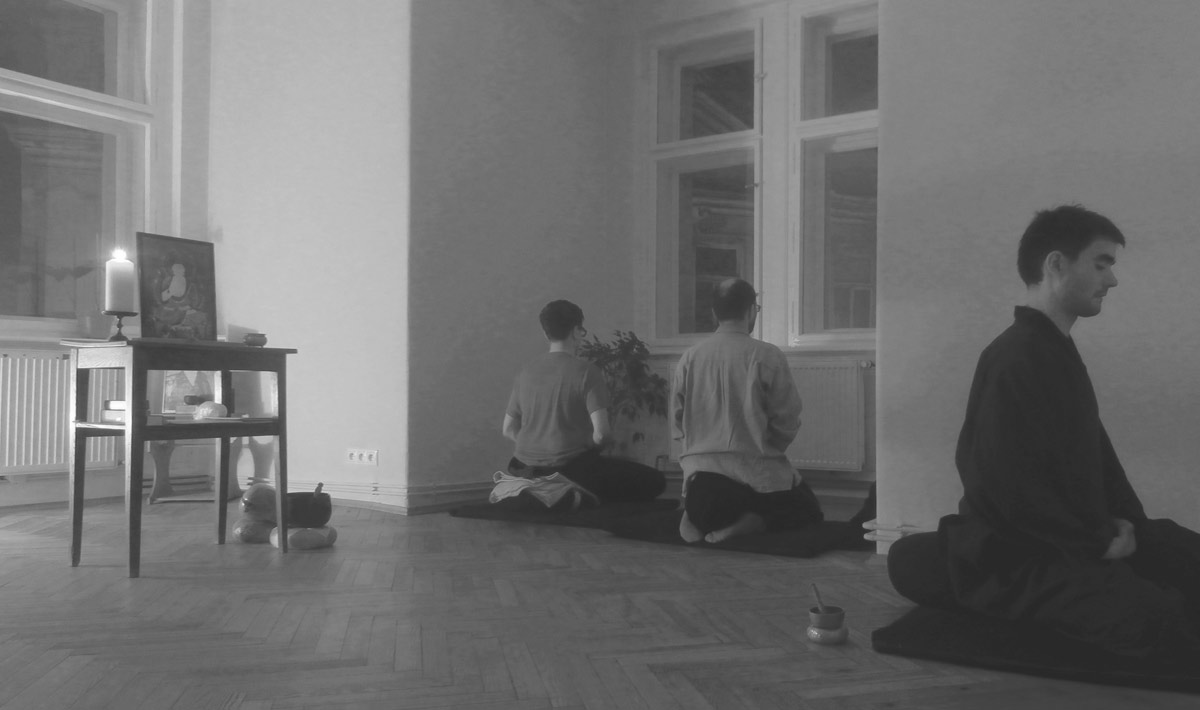
Regular practice
Regular practice of zazen in the rooms of the Lotus Center:
- Monday 6:20 – 8:10 a.m.
- Tuesday 7:50 – 9:30 p.m.
- Thursday 6:20 – 8:10 a.m.
- Friday 6:20 – 7:30/8:10 (online)
The beginning of zazen, announced by beats on a wooden board, takes place 15 minutes later.
Contribution
- First visit free of charge
- Single visit contribution 90 CZK
- Monthly contribution (from an arbitrary day of month) 210 CZK
- Annual contribution 2 100 CZK
In general
- Do everything in dojo do consciously in a silent way.
- Follow behaviour of more experienced dojo members.
- Prefer dark (not to disturb others) and loosely clothes (in order to sit comfortably).
- Attend zazen at 6:20 a.m. (7:50 p.m.) so that you can change without rush, ask about details of practice and drink your cup of tea.
You will master the following rules by your own practice and by following the others.
Rules of Dojo V Proudu
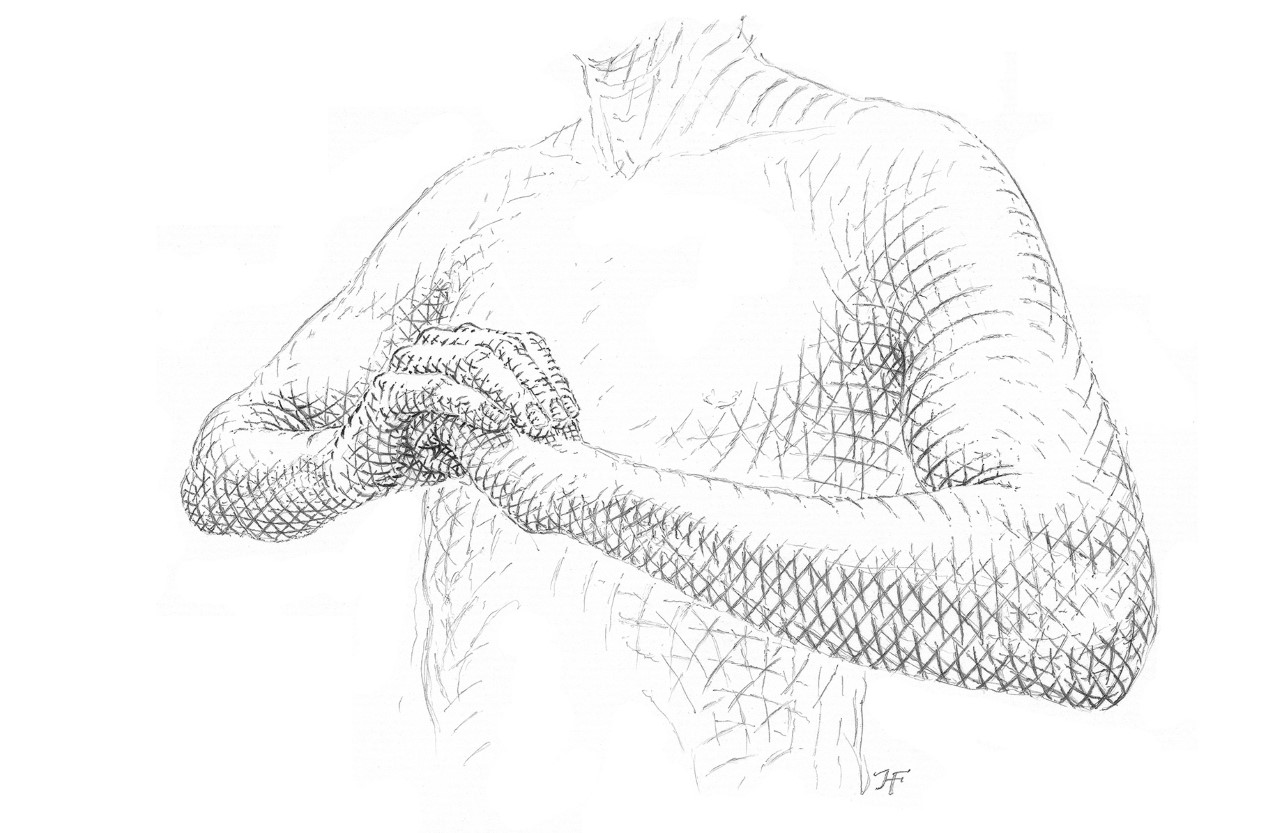 Isshu hand position
Isshu hand position
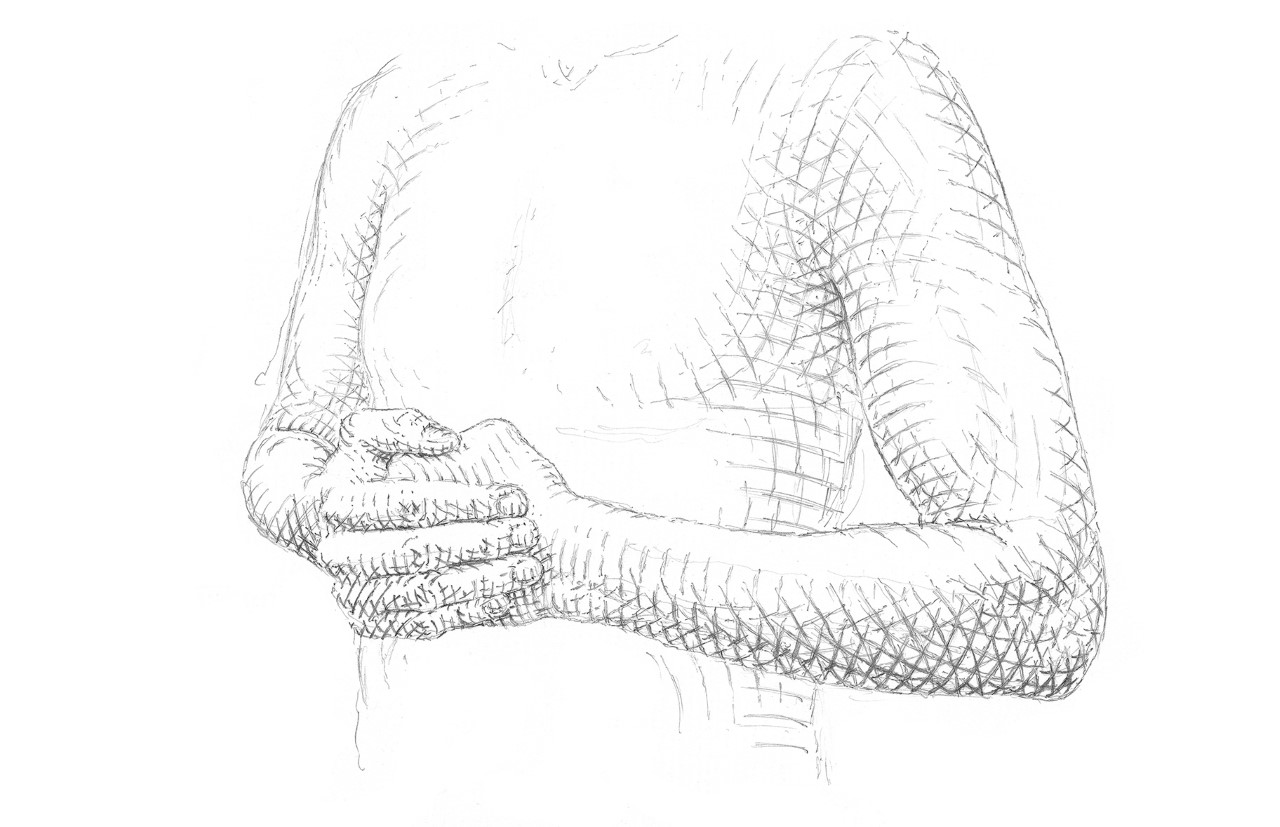 Shashu hand position
Shashu hand position
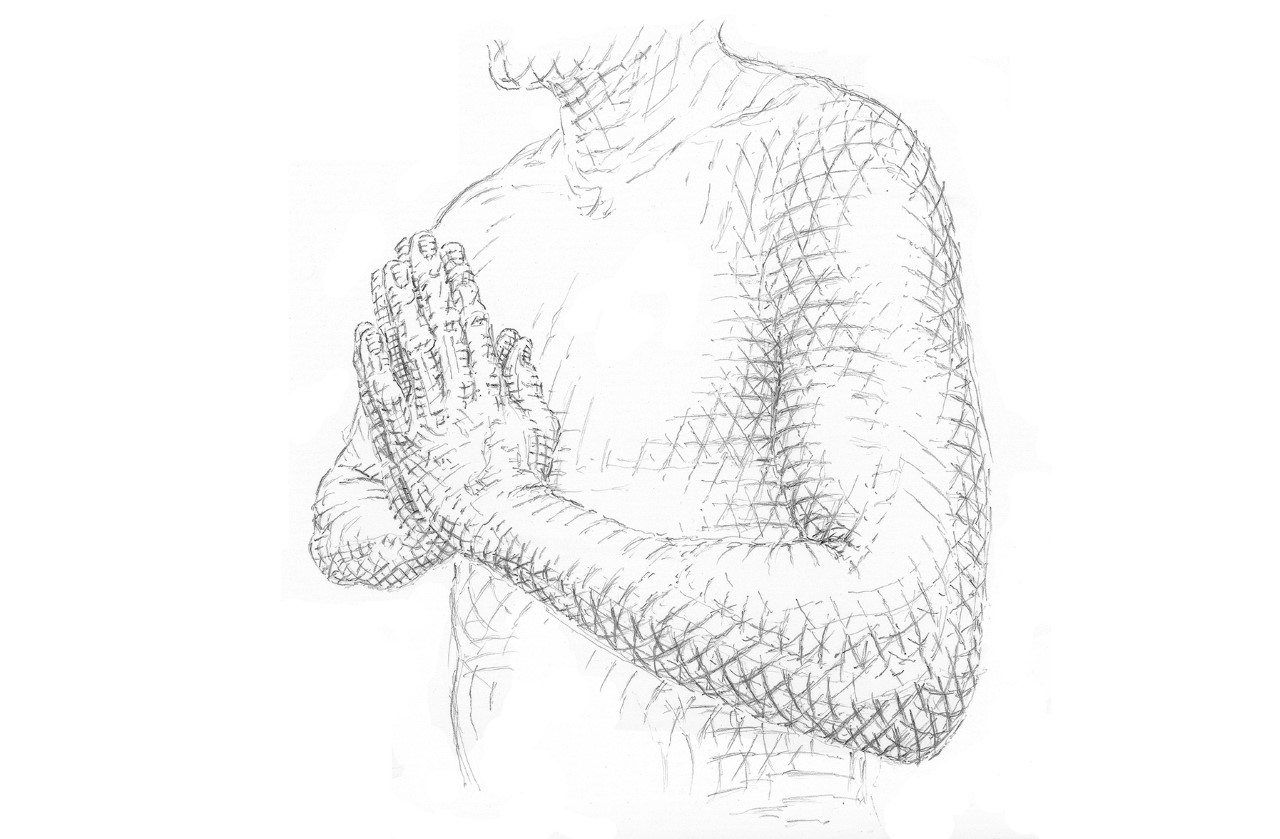 Gasho hand position
Gasho hand position
Roshi Fumon Nakagawa
Fumon Nakagawa Roshi visited Prague for the first time in 2006 on invitation of the buddhist monk Ashin Ottama. At this point we made first contact with Roshi. Since then we invite him regularly to Prague to organize two- or three-day meditation retreats. We regularly visit the Daihizan Fumonji tempel in Eisenbuch in Germany. Roshi became gradually our main teacher. In 2010 we published a book Zen, protože jsme lidé, the translation of his book Zen, weil wir Menschen sind published by Theseus in 2003.
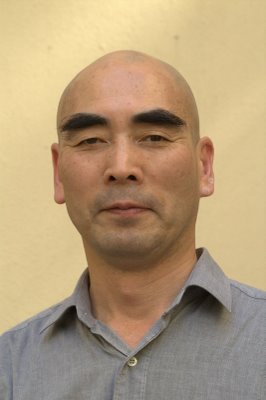
Roshi Fumon S. Nakagawa
Fumon S.Nakagawa Roshi: Born in 1947, he studied philosophy and buddhology in Tokyo. He was ordinated as a soto zen monk in 1970. He was a disciple of two teachers: Sakai Roshi and Kawase Roshi, both direct disciples of Kodo Sawaki Roshi. He got his monastery education in Eiheiji, the main tempel of the soto zen school in Japan. Nakagawa Roshi is a kaikyoshi - the authorized foreign representative - of the Japanese soto-zen school. He is a member of Thich Nhat Hanh's Order of Interbeeing. He has been living in Germany since 1979. There he founded Daihizan Fumonji tempel in 1996. It is the first authorized Japanese zen monastery in Europe and its name can be translated as the mountain of great compassion and the site of the universal gate. This monastery is in the direct lineage of the Eiheiji tempel tradition thanks to its honorary founder Miyazaki Zenji - 78th abbot of the Eiheiji tempel (thus 78th Dogen Zenji's descendant). Nakagawa Roshi is not only the abbot of the monastery in German Eisenbuch, but also of the Shinryu-an tempel in Tokyo.
Gallery
- Rohatsu sesshin 2019
-
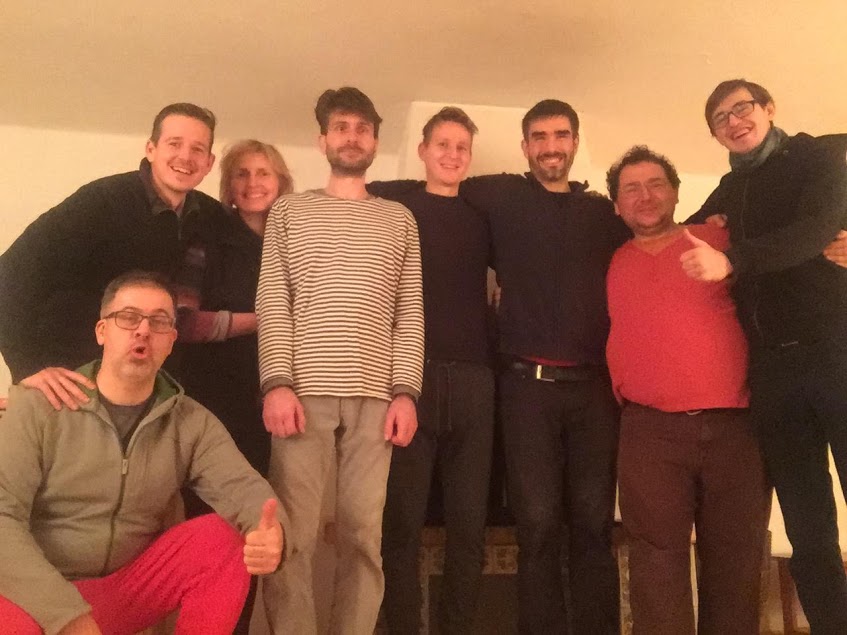
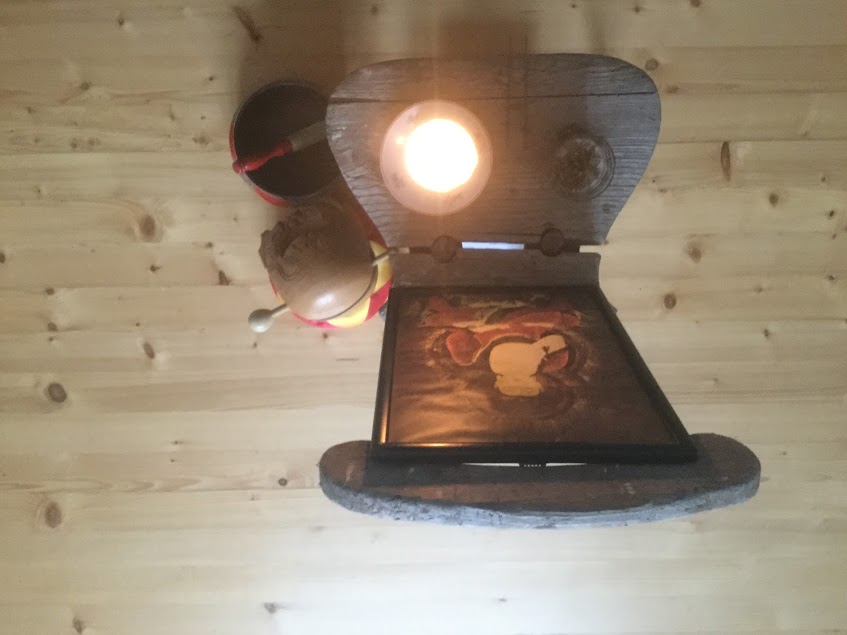
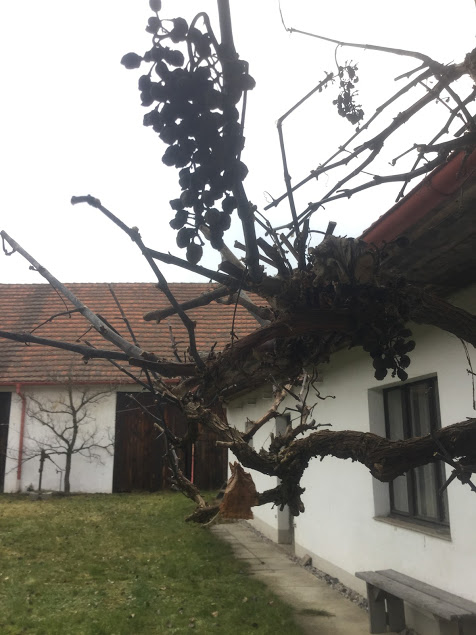
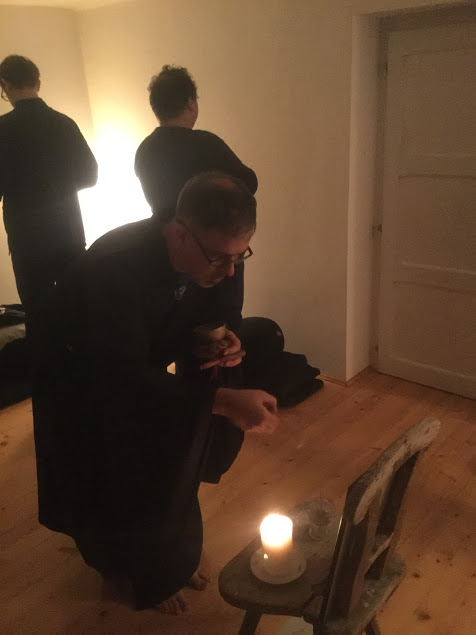
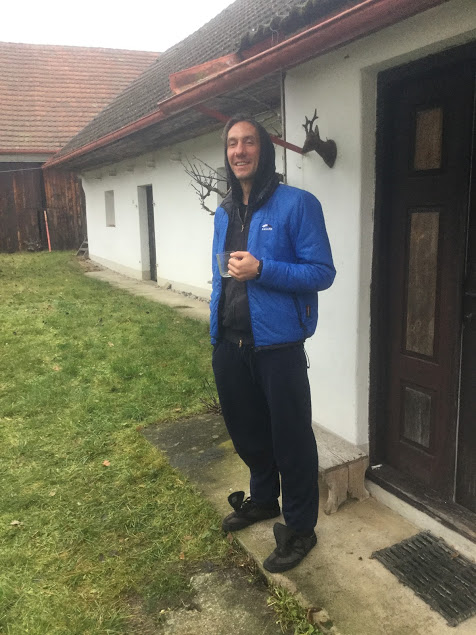
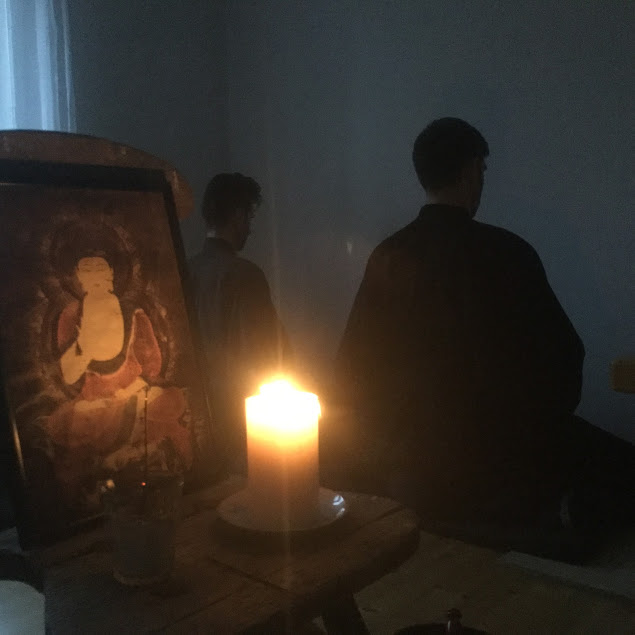
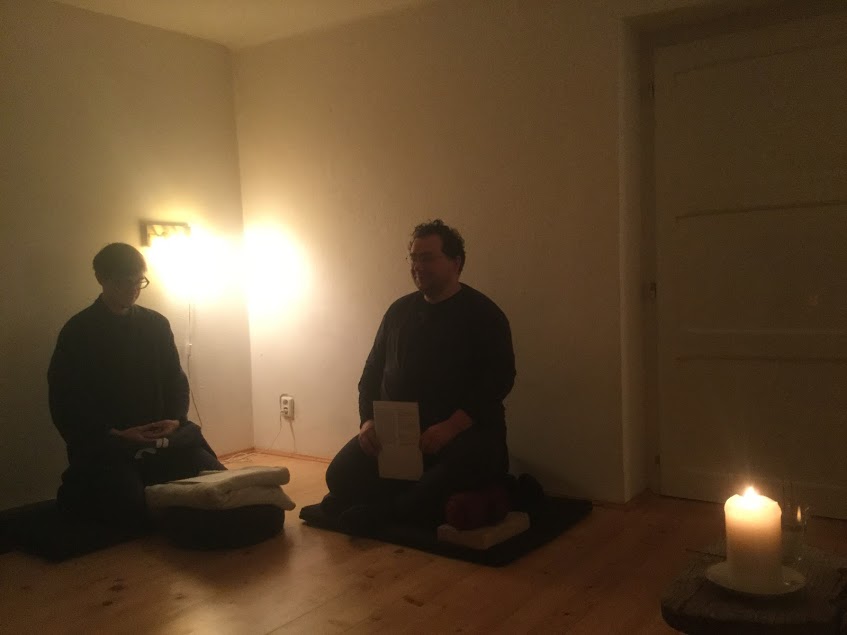
- Rohatsu sesshin 2016
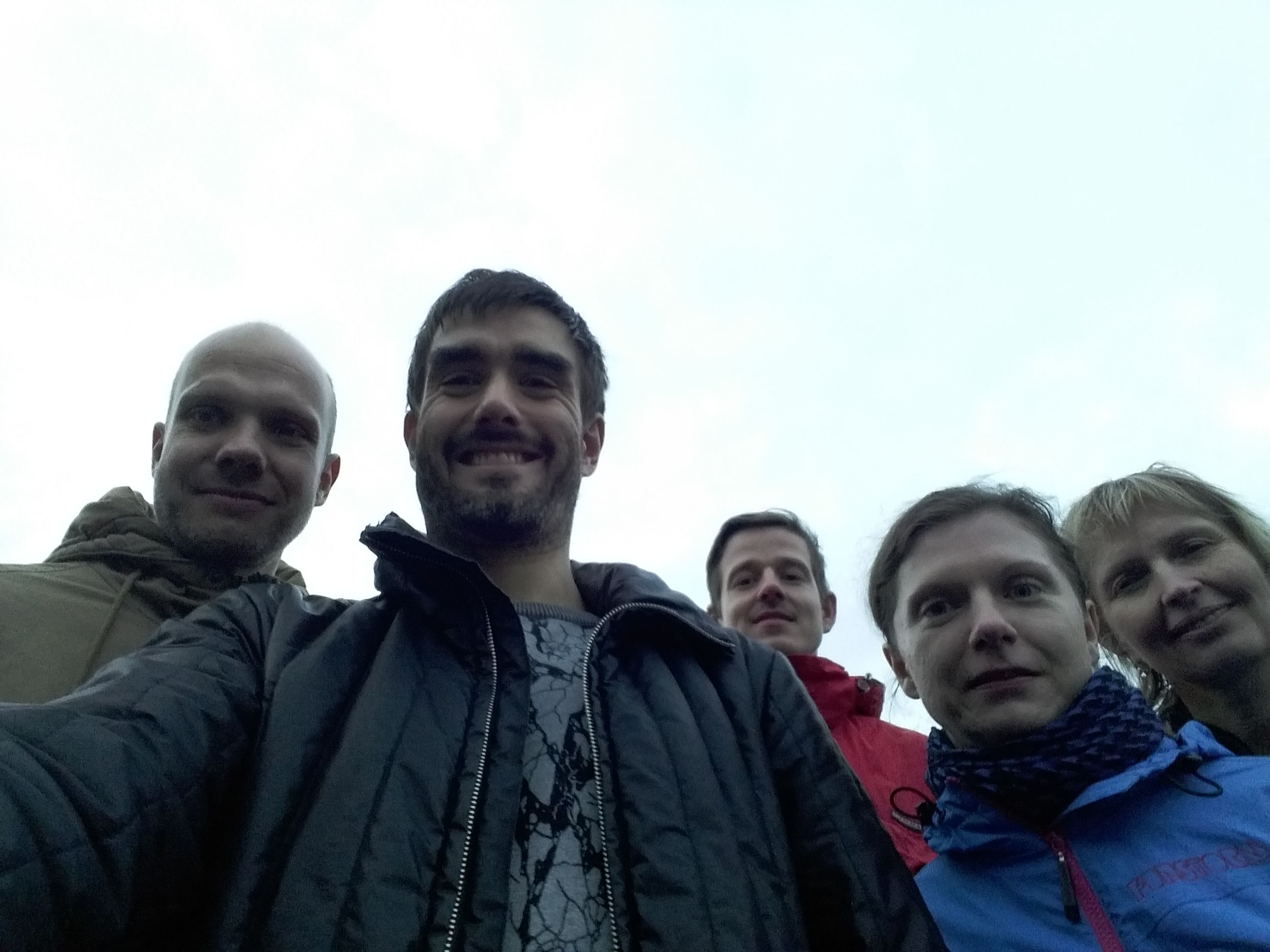
- Lecture and retreat with Fumon Nakagawa Roshi, 2010

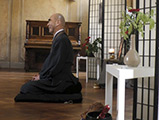
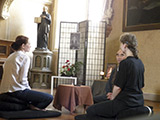

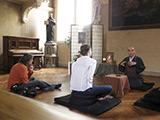
 more ...
more ...- Lecture and retreat with Fumon Nakagawa Roshi, 2009

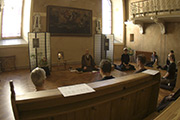

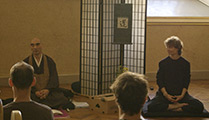
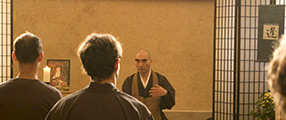
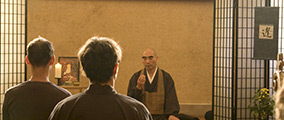 more ...
more ...- Lecture and retreat with Fumon Nakagawa Roshi, 2008

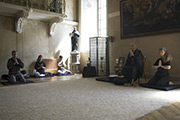

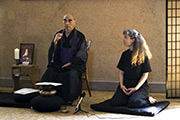

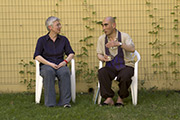 more ...
more ...- Rohatsu sesshin, 2008
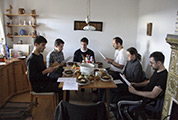
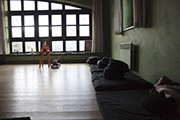

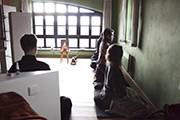
 more ...
more ...- Lecture and retreat with Fumon Nakagawa Roshi, 2007
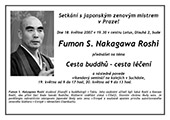
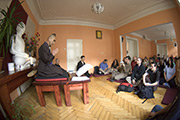


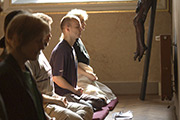
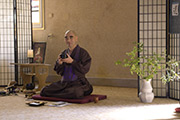 more ...
more ... - We have also audio from this meeting.
- Rohatsu sesshin, 2005


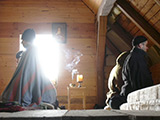

 more ...
more ...- Rohatsu sesshin, 2004
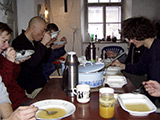
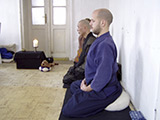
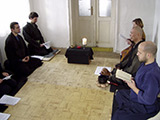

 more ...
more ...
For sell
In dojo for sell:
- Kapok
- This traditional material for zafu (cushion) filling we offer for 300 CZK (0.5 kg). For one cushion approximately 1.5 kg of kapok is needed.
Download
Texts
- Text of sutras used in dojo (pdf, transcription with Czech and English translation)
- New translation of the Hearth Sutra (pdf, transcription with Czech translation)
Audio and Video
- Lecture and Retreat 2013
- Three ways of mind cultivation – Schila, Samadhi, Prajna
- Lecture: 1, video 2, retreat: 3 4 5.
- Lecture and Retreat 2012
- Sense of life - drink tea, eat rice
- Lecture: 1.
- Lecture and Retreat 2011
- Spirituality, because we are men in east and west
- Lecture: 1 2, retreat: 3 4 5 6.
- Lecture and Retreat 2007
- Way of buddhas - way of healing
- Lecture: 1, retreat: 2 3 4 5 6 7 8 9 10 11 12 13 14 15 16 17 18 19 20 21 22 23.
- We have also photos from this meeting.
What is zazen
The japanese word zazen means sitting meditation. This is a key activity in the whole Buddhism, coming from its founder Gautama Shakyamuni and before him from yogis and mystics of ancient times.
In the Sōtō tradition just to be in the zazen posture fullfills the sense of zazen. It hits the aim. It is a snake, bitting its own tail. To practise zazen means to practise nirvana.
- Just sitting – shikantaza
- No Striving
- Simple sitting
means just that: to let the mind be as it is and just to sit. To do this activity completely. To be completely present within this activity. To be aware of the body posture, to be the posture, to be aware of the breathing, to be the breathing... Thoughts are coming and we let them to pass. Constantly return ourselves to body posture and natural body breathing. This is zazen. If we let the zazen become a center of our life, then naturally zazen infiltrates into all of daily activities and our lives will be experienced directly and fully.
How to sit, Zazen and kinhin postures
The following Figure explain possible body postures in zazen (sitting meditation) and in kinhin (walking meditation). You do not have to worry, if you understand all details, everything will be shown to you in detail. For meditation we recommend loose clothes, dark colours preferred. Before meditation switch of your mobile phones please.
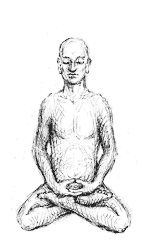
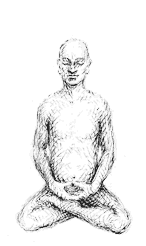
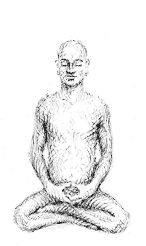
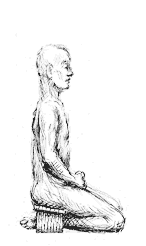
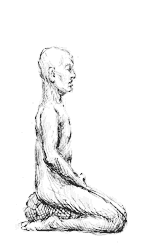
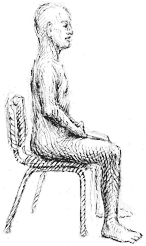
 Isshu hand position
Isshu hand position
 Shashu hand position
Shashu hand position
 Gasho hand position
Gasho hand position
School Characteristics, Tradition
From the very beginning of our group we profess focus the Sōtō Zen school, one of two main japanese zen traditions, arising from five original chinese zen schools, mainly from the Cchao-Tung school. Among others we would like to emphasize two zen masters – mistr Dogen and his follower mistr Keizan and their teaching of simple mind.
We often refer to Dogen's words zazen is sanzen
, i.e., just to be in zazen is itself achievement of Buddha's nature here and now. These words are often misinterpreted without a wider context of the crucial work of mistr Dogen - Shobogenzo, nevertheless they describe the merit of the Soto Zen school – scepticism about excessive rationalization and emphasis of the just sitting
practice.
On the other hand an excessive emphasis on a simplified interpretation everything is sitting
, usual mainly in the west,
is one of the myth, which we would like to disprove.
Recommended books
Links
- DAIHIZAN FUMONJI in Eisenbuch
- Czech – Japanese Association
- Bodhi Zendo - Zen-Master Fr. AMA Samy (Indie)
- International Zen Association(includes list of Soto zen dojos in Europe)
Other zen groups
Actions
Akce
Contact
Dojo V Proudu
- Adress: Lotus Center, Dlouhá 2, Prague 1
- Email: info
- Phone: 00420 774 223 606 – Vítězslav Štembera